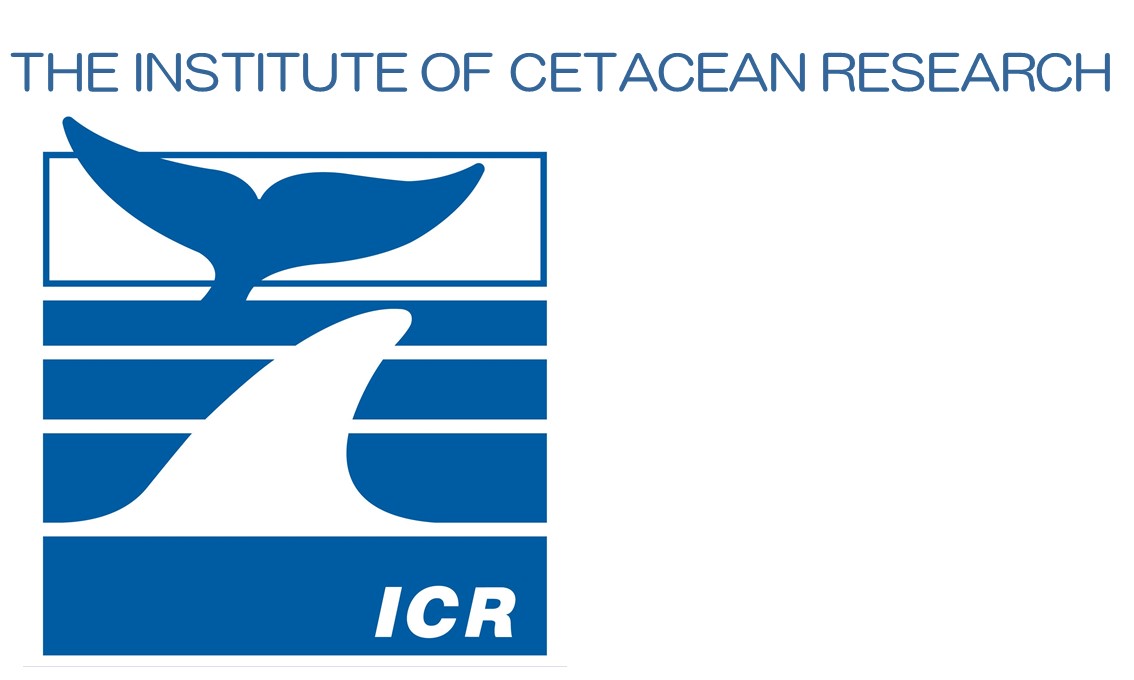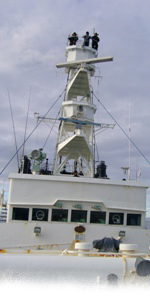Achievement of 104 km long-range autonomous flight over the ocean by the small unmanned aerial vehicle (VTOL-UAV) ASUKA
March 28, 2022
Designated Corporation for Scientific Whale Research
THE INSTITUTE OF CETACEAN RESEARCH
The Institute of Cetacean Research (ICR) is planning to mount on a research vessel the ASUKA, a VTOL-UAV that it has been developing for some time, to use the aircraft for aerial visual cetacean surveys in the world’s oceans, including the polar regions, in order to advance new methods for whale research. In April 2022, the ICR will begin practical deployment of the ASUKA for whale research. The Institute is pleased to announce that the ASUKA successfully completed a long-distance autonomous flight of 104 km, a distance which has never been reported for a VTOL-UAV within Japan, during its preliminary flight on March 24, 2022.
Date: 24 March, 2022.
Sea area: Sendai Bay off the coast of Shiogama City, Miyagi Prefecture.
Developed by: The Institute of Cetacean Research.
Aircraft tested: VTOL-UAV (Vertical Take-off and Landing type, Autonomous Unmanned Aerial Vehicle), Prototype “ASUKA” Mk 4-2 (wing length: 3.2m; takeoff weight: 23kg; all-electric aircraft).
Record: Takeoff and landing from the research vessel and autonomous flight of 104km (new Japanese record, according to our research).
Expected results: The achievement of long-range autonomous flight is expected to further improve the accuracy of whale resource surveys by providing wide coverage of shallow waters, areas with many fishing gears, and sea ice where research vessels are unable to enter.

Photo 1. ASUKA returns to the research vessel on 24 March, 2022, after a 104-km autonomous flight.

Photo 2. ASUKA flying over Mikawa Bay.

Photo 3. Another view of ASUKA in flight.

Photo 4. Another view of ASUKA returning to base. The research vessel is on the lower left.

Photo 5. Image of the VTOL-UAV ASUKA application in whale resource surveys.
Achievement of 104 km long-range autonomous flight over the ocean by the small unmanned aerial vehicle (VTOL-UAV) ASUKA (PDF file)




